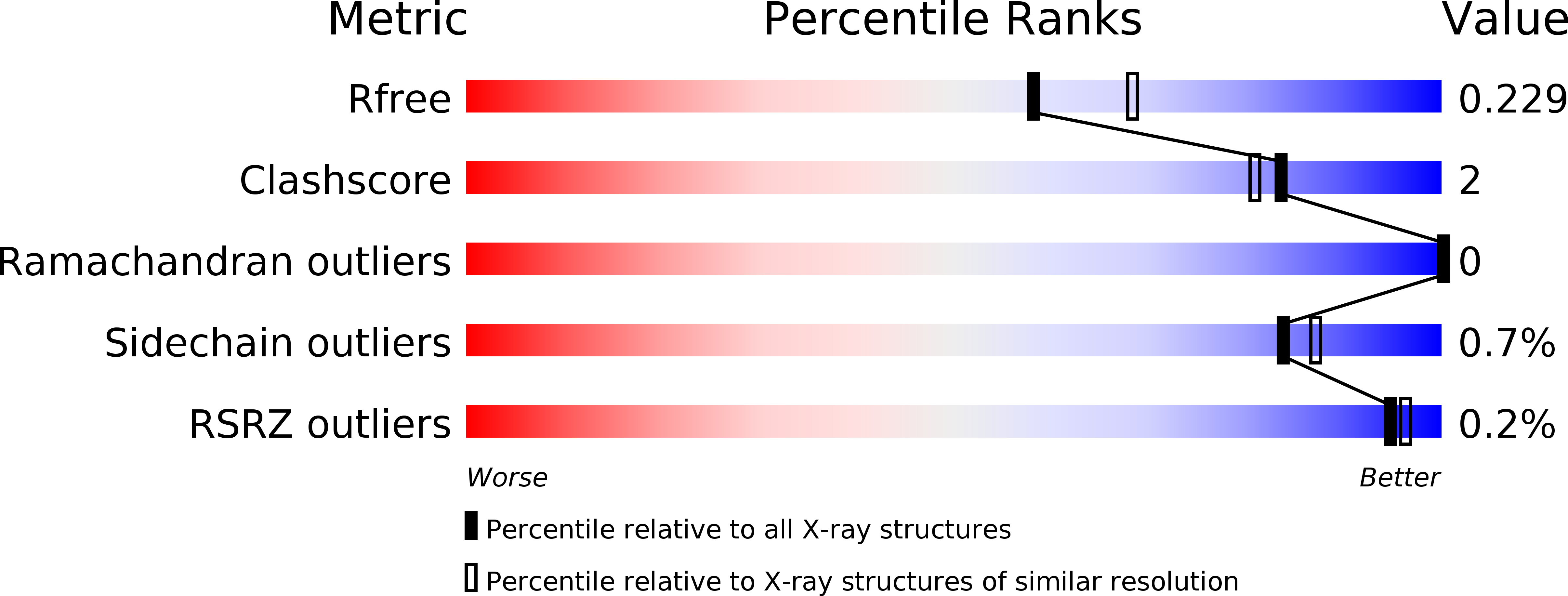
Deposition Date
2019-04-23
Release Date
2020-01-08
Last Version Date
2023-10-11
Entry Detail
PDB ID:
6OOI
Keywords:
Title:
Crystal structure of triosephosphate isomerase from Schistosoma mansoni in complex with 2PG
Biological Source:
Source Organism:
Schistosoma mansoni (Taxon ID: 6183)
Host Organism:
Method Details:
Experimental Method:
Resolution:
2.14 Å
R-Value Free:
0.22
R-Value Work:
0.18
R-Value Observed:
0.18
Space Group:
P 43


